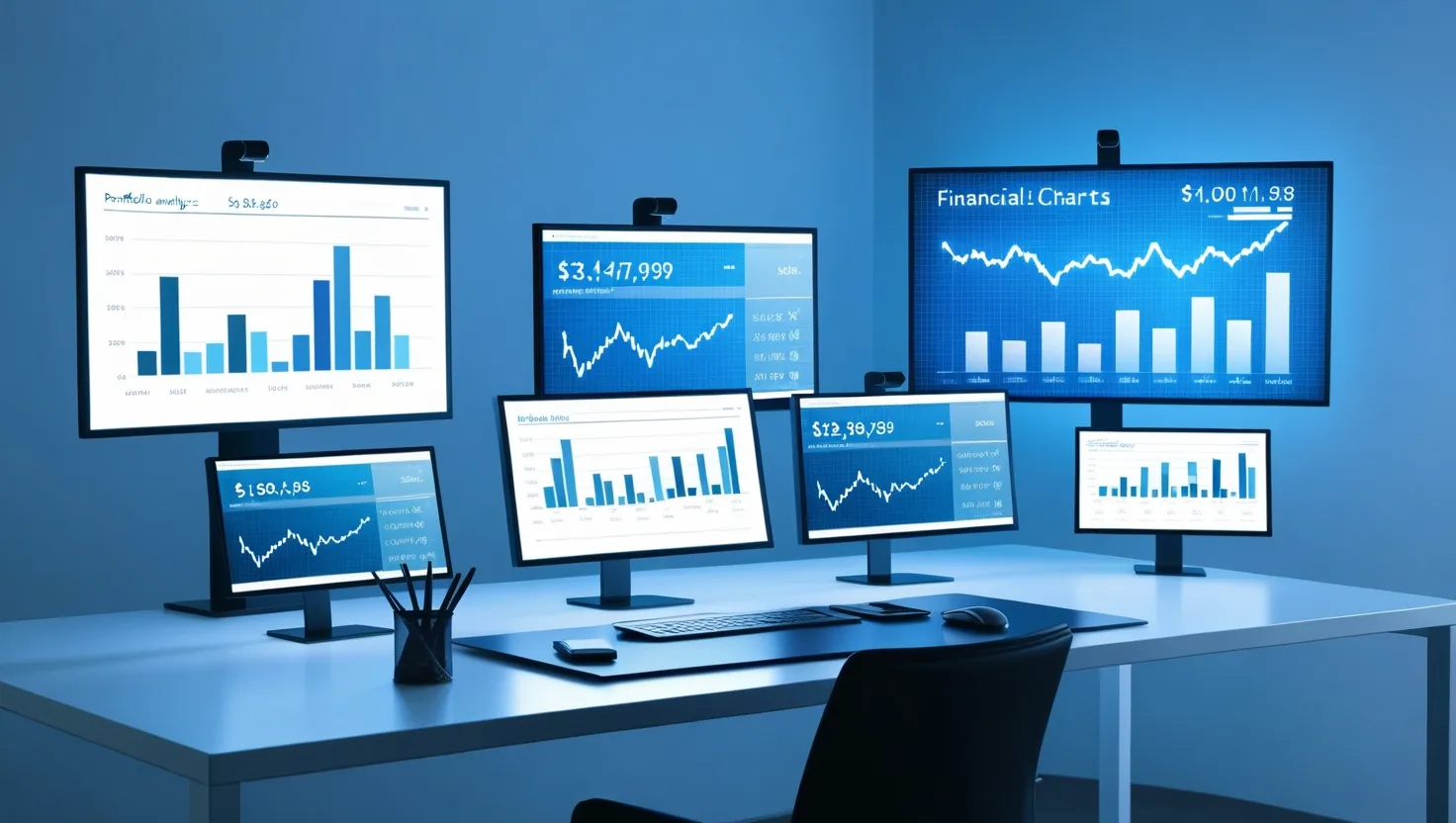Building an emergency fund is one of the most crucial steps you can take to ensure your financial stability and peace of mind. It’s a safety net that can cushion you against life’s unexpected twists and turns, whether it’s a sudden medical bill, a car repair, or even a job loss. Here’s how you can build this vital fund using some effective and often overlooked strategies.
The Power of Automation
Let’s start with one of the simplest yet most effective methods: automating your savings. Setting up automatic transfers from your checking account to your savings or money market account can make saving almost effortless. Imagine having a portion of your paycheck automatically diverted to your emergency fund each month, without you even thinking about it. This way, you ensure that you’re consistently saving, even when money is tight.
For instance, you can set up an automatic transfer on payday, right after your salary hits your account. This timing is crucial because it ensures that you save before you spend. Calculate how much you can realistically save each month, considering your essential bills like rent, food, and utilities. Then, automate this amount to be transferred into your savings account. This habit can help you reach your savings goals faster and with less stress.
Cutting Back on the Non-Essentials
Another key strategy is to cut back on unnecessary expenses. This might sound straightforward, but it requires a bit of self-reflection and discipline. Start by identifying areas in your budget where you can reduce spending. Do you really need that monthly subscription to a streaming service you barely use? How about those daily coffee runs or eating out for lunch every day?
Small changes can add up significantly. For example, packing your lunch instead of buying it can save you around $5-10 per day, which translates to $100-200 per month. Similarly, canceling unused subscriptions or negotiating lower bills for services like cable or internet can free up more money for your emergency fund.
Making the Most of Windfalls
Windfalls, such as tax refunds or bonuses, are golden opportunities to boost your emergency fund. Instead of treating these as extra spending money, allocate them towards your savings. For instance, if you receive a tax refund, consider putting it directly into your emergency fund. This can give your savings a significant boost and help you reach your goals faster.
When managing a windfall, it’s also important to prioritize your financial health. Pay down any high-interest debt first, as this can save you money in the long run. Then, use the remaining amount to build or bolster your emergency fund. This approach ensures that you’re addressing immediate financial pressures while also securing your future.
Setting Realistic Goals
Setting realistic goals is essential when building an emergency fund. It’s easy to get overwhelmed by the idea of saving three to six months’ worth of living expenses, but starting small can make the task more manageable. Begin by aiming to save just one month’s worth of expenses and gradually increase your goal over time.
For example, if your monthly expenses are around $3,000, start by aiming to save $1,000. Once you’ve reached this milestone, you can set a new goal to save another $1,000, and so on. This incremental approach helps you stay focused and motivated, making the process less daunting.
Choosing the Right Savings Account
The type of savings account you choose can also impact your emergency fund. Look for accounts that offer competitive interest rates and low fees. High-yield savings accounts, for instance, can earn you interest on your savings, which can add up over time.
Additionally, consider accounts that offer easy access to your money when you need it. An emergency fund is meant to be liquid, so you should be able to withdraw money quickly without penalties or significant fees. Some banks and credit unions also offer special savings accounts designed specifically for emergency funds, which might include additional benefits like higher interest rates or rewards programs.
Monetizing Your Hobbies
If you have a hobby or skill that you’re passionate about, why not monetize it to contribute to your emergency fund? Whether it’s selling handmade crafts online, offering freelance services, or even dog walking, these side hustles can generate extra income that you can save.
For example, if you’re an avid photographer, consider selling your photos on stock image websites. If you’re skilled at crafting, set up an online store or sell your items at local markets. These small earnings can add up and provide a steady stream of income that you can direct towards your emergency fund.
Regularly Review and Adjust
Finally, it’s crucial to regularly review and adjust your savings strategy. Life is dynamic, and your financial situation can change over time. Maybe you’ve gotten a raise, or perhaps you’ve had to take on additional expenses.
Regularly tracking your progress can help you stay motivated. See how much you’ve saved, and adjust your goals accordingly. If you find that you’re saving too little, consider increasing the amount you automate each month. If you’re saving too much, you might want to allocate some of that money towards other financial goals, like retirement or a down payment on a house.
In conclusion, building an emergency fund is not just about saving money; it’s about creating a financial safety net that can protect you from life’s uncertainties. By automating your savings, cutting unnecessary expenses, using windfalls wisely, setting realistic goals, choosing the right savings account, monetizing your hobbies, and regularly reviewing your progress, you can ensure that you’re always prepared for whatever comes your way. Remember, every little bit counts, and starting small can lead to significant financial stability over time. So, take the first step today, and watch your emergency fund grow into a robust financial shield.






